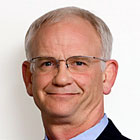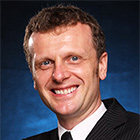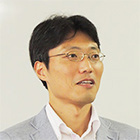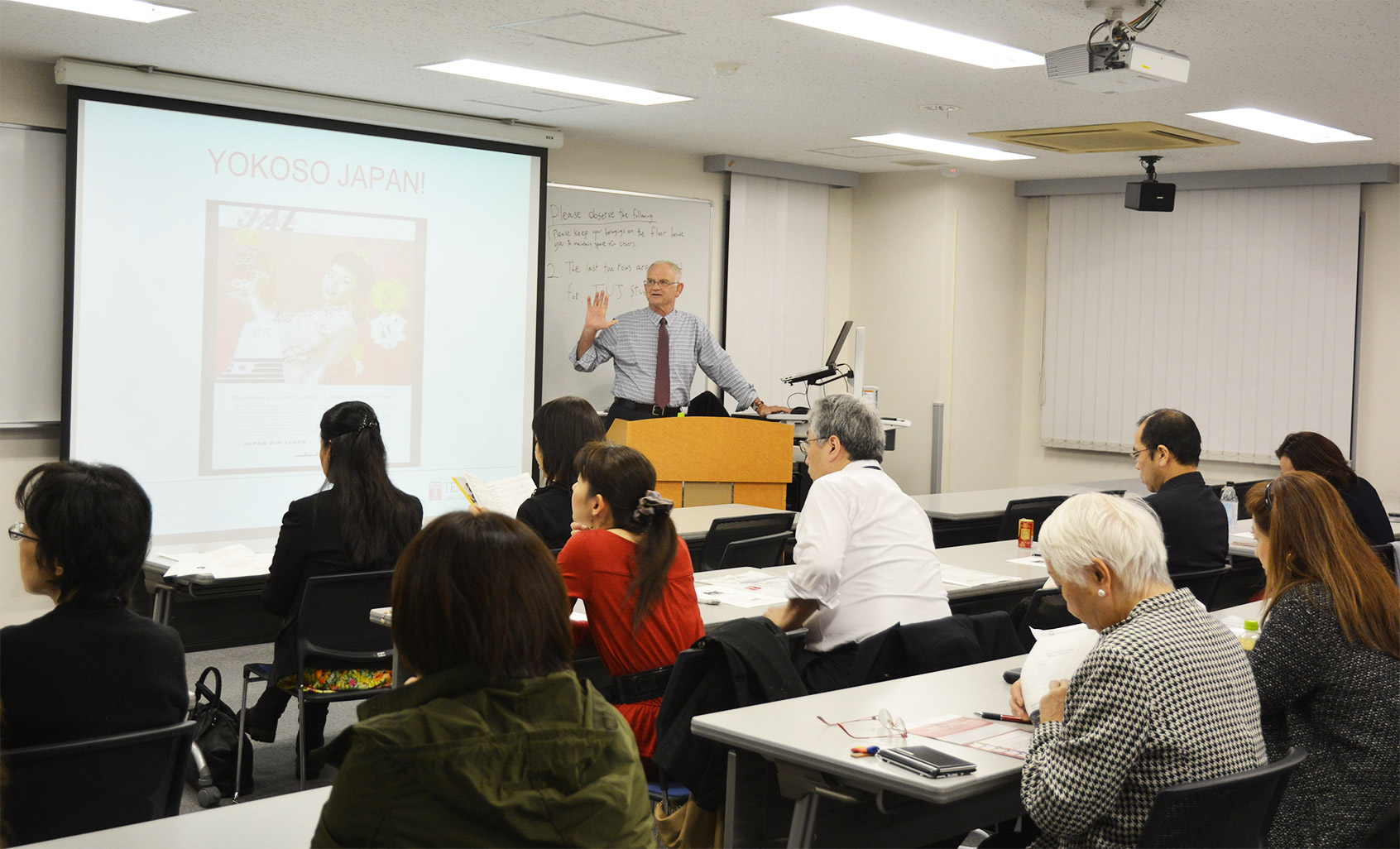Temple University, Japan Campus (TUJ) presents “2017 Minato Citizen’s University” this fall. In collaboration with Minato City, TUJ has been offering the only courses in English as part of the public lecture series held in universities in the area since 2007. Approximately 2,000 attendants have taken part at TUJ.
To commemorate its 35th anniversary in Japan, four TUJ faculty and the dean will examine what the past 35 years have meant in the context of their areas of expertise in this series. Each lecturer will reflect upon the past from their perspective and explore the present and future.
Event Overview
Lecture Lineup

Lecture 1: Wednesday, October 25
From Internationalization to Globalization: Japanese Universities and the World Outside Japan Over the Past 35 Years
Bruce Stronach, Dean, TUJ (Profile)
In 1982 Temple University was the first of about 40 American universities to open a campus in Japan; 15 years later it was the only one remaining. As Japan entered the 1980s, the idea of “kokusaika” became very popular. Japan had become a significant player on the world stage, but the internationalization of its society lagged far behind. That created a movement to internationalize higher education, including the invitation to many American universities by local governments to open campuses in Japan. This was supported by money given to local governments by the central government for local development. However, the American university campuses in Japan were not economically sustainable and when the bubble burst, local support ended and all but Temple University closed or became Japanese entities.
However, “kokusaika” in the university setting is also defined as reforming the university in such a way to make it more competitive in the global higher education system. After those foreign campuses left Japan there was a wave of reforms, such as the 21st Century Center of Excellence and Global 30, that were intended to support the reform of Japanese university and research administration and practice to make Japanese institutions more globally competitive. Many of them were based on administrative, research and educational practices found in globally competitive American universities. What has been the impact of foreign universities on the development of Japanese universities? How have the relationships between Japanese universities and the world outside Japan developed over the past 35 years? Have Japanese universities successfully internationalized?

Lecture 2: Friday, October 27
1982-2017-2052: The Past, the Present and the Future of Sexuality Attitudes and Behaviors in Japan
Dariusz Skowronski, TUJ Assistant Professor of Social and Behavioral Sciences (Profile)
In Japan the public and private spheres have undergone a dramatic transformation and significant changes in the last 35 years, altering the structure, dynamics and expressions of social interactions, including intimacy and sexuality.
This presentation highlights main features of sexual attitudes and behaviors with a special emphasis on social expectations related to the different facets of sexual expressions in Japan.
The speaker will also offer some thoughts on sexual and female-male dynamics in the near future, aiming at some sort of prognosis of sexuality in Japan for the next 35 years.

Lecture 3: Tuesday, October 31
A 35-year History of Music Videos
Karl Neubert, TUJ Assistant Professor of Film & Media Arts (Profile)
One year after the launch of MTV in 1981, Sylvester Stallone—as director of “Rocky III”—edited a music video-like movie sequence to Queen’s “Another One Bites the Dust.” Stallone later hired the rock band Survivor to replace this song with “Eye of the Tiger.” A Rocky-inspired music video featuring band members was also created. This early tie-in mirrored the increasing influence of music videos and film on each other and was one step forward in transforming music videos into a new art form—notwithstanding their promotional purpose. Soon music videos would gain more prestige and attract well-established directors like Martin Scorsese and Ridley Scott, as well as a new generation of filmmakers like Michel Gondry, Spike Jonze and Sofia Coppola.
In his lecture, Neubert will define those characteristics of music videos which distinguish them from promotional videos and feature films. He will give an overview of major developments and genres using unique works from prominent directors who were spending increasingly high budgets to burst the limits of this medium. Finally, Neubert will show how music videos have changed after going online, and what we can expect in the future.
The speaker will also offer some thoughts on sexual and female-male dynamics in the near future, aiming at some sort of prognosis of sexuality in Japan for the next 35 years.

Lecture 4: Monday, November 6
Modularly Yours
Ian Lynam, TUJ Assistant Professor of Graphic Design (Profile)
The past 35 years have seen tremendous changes in Japanese graphic design—technologically, stylistically, and technically. With the advent of the personal computer, we have witnessed a rapid and radical democratization of design, from the development of increasingly affordable hardware and software tools, to myriad new approaches to design education. Japanese society is currently in the throes of a profound fascination with design, yet naratives that tell the story of the development of this sector of cultural production are rare, especially in English. In this lecture, design critic, theorist, educator and working designer Ian Lynam takes us on an image-rich intellectual and cultural journey to help explain recent design history and its cultural importance.
“Modularly yours” is part time travel, part cultural narrative, and part unearthing of a little-known historical bricolage.

Lecture 5: Wednesday, November 8
The Middle East, 35 Years On
Masaki Kakizaki, TUJ Assistant Professor of Political Science (Profile)
The political and economic orientation of the Middle East has significantly altered in the last 35 years. This lecture highlights three of the most important changes that have taken place since the early 1980s. First, we examine a shift in the balance of power from traditional powers of the region such as Egypt and Iraq to the small states in the Gulf. Second, we turn to an ideological shift in the region from Arab nationalism and secularism to Islamism throughout the region. Third, we will look into the re-emergence of Turkey as a non-Arab regional power in the Middle East. The speaker will also share some thoughts on prospects for the future.
2017 Minato Citizen’s University at Temple University, Japan Campus: “35 Years of Adventures and Challenges”
- Dates:
- October 25, 27, 31, November 6, 8
- Time:
- 19:00-20:30 (doors open at 18:30)
- Venue:
- Temple University, Japan Campus, Azabu Hall 1F
- Cost:
- 2,500 yen for five lectures. (*Bank transfer prior to the first session is required. Non-refundable. TUJ will specify bank account details by e-mail.)
- Capacity:
- 50 (first-come, first-served basis)
- Language:
- English
- Registration:
- This event has passed.
※For media, please contact tujpr@tuj.temple.edu by one day before each lecture date.

